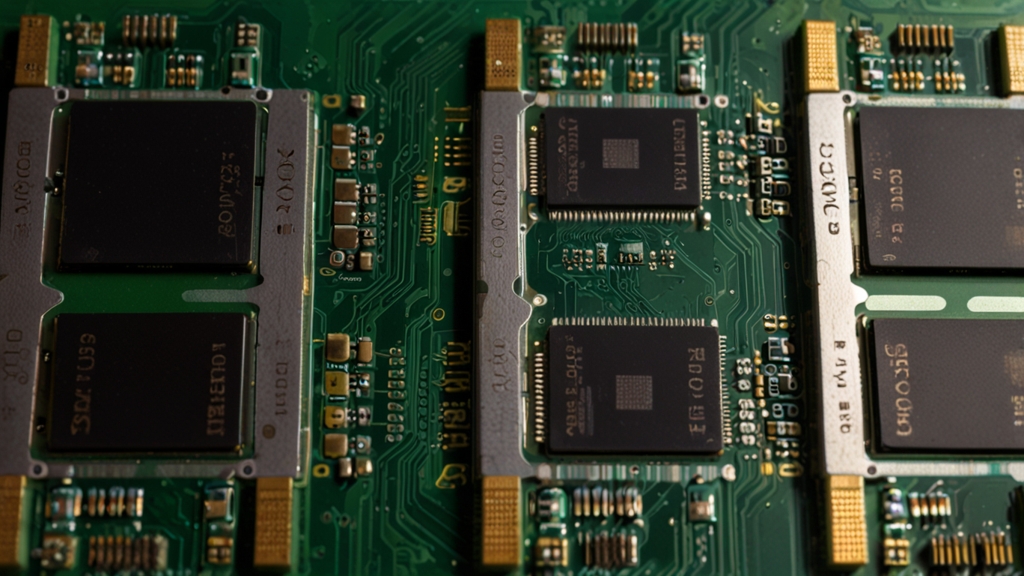C Memory Management: The Good, The Bad, and The Ugly
C is a powerful and versatile programming language widely used in system and application software development. One of its core features is manual memory management, which provides programmers with fine-grained control over how memory is allocated, used, and freed. This control allows for efficient use of resources and high performance, but it also comes with significant challenges and risks. This article explores the good, the bad, and the ugly aspects of C memory management.
The Good
C’s memory management model includes functions such as malloc, calloc, realloc, and free. These functions allow developers to allocate and manage memory dynamically, offering numerous benefits:
Performance: With manual control over memory, developers can optimize the allocation and deallocation processes for specific use cases, leading to higher performance. This is especially useful in embedded systems and real-time applications where resource constraints are critical.
Flexibility: C’s memory management system is extremely flexible, allowing developers to create custom allocation strategies tailored to their application's needs. This flexibility is a double-edged sword, as it requires a deep understanding of how memory works.
Learning: Managing memory in C provides a solid foundation in understanding how memory works under the hood. This knowledge is invaluable for system programming and developing a deeper understanding of computer architecture.
"The power of manual memory management in C is unmatched, but it comes with great responsibility. Missteps can lead to significant issues."
The Bad
While C’s memory management offers significant advantages, it also has its share of drawbacks:
Complexity: Manual memory management in C is notoriously complex. Developers must carefully track each allocation and deallocation to avoid errors. This complexity increases the likelihood of mistakes, leading to the issues discussed below.
Memory Leaks: One of the most common problems in C programs is memory leaks, which occur when allocated memory is not properly freed. Over time, memory leaks can consume all available memory, leading to crashes or degraded performance. Identifying and fixing memory leaks can be a time-consuming and challenging process.
Dangling Pointers: Dangling pointers arise when a program continues to use memory after it has been freed. This can lead to undefined behavior, including crashes or corrupt data. Managing these pointers requires rigorous discipline and careful code reviews.
The Ugly
Some of the most severe and insidious problems in C memory management arise from:
Buffer Overflows: Buffer overflows occur when a program writes more data to a buffer than it can hold. This can overwrite adjacent memory, leading to unpredictable behavior, security vulnerabilities, and crashes. Buffer overflows have been the root cause of many high-profile security exploits.
"Buffer overflows are notorious for their potential to compromise entire systems. They exploit the very control that gives C its power."
Double Free Errors: A double free error occurs when a program attempts to free the same memory block more than once. This can corrupt the memory management data structures, leading to hard-to-diagnose crashes and bugs.
Uninitialized Memory Use: Accessing uninitialized memory can result in unexpected behavior, as the content of such memory is unpredictable. This can lead to subtle, difficult-to-reproduce bugs.
"The undefined behavior resulting from uninitialized memory use can be a silent killer, creating elusive bugs that manifest under specific conditions."
Conclusion
C memory management provides exceptional control and efficiency, making it a preferred choice for many low-level programming tasks. However, this control comes with significant challenges and potential pitfalls. While the ability to manually manage memory is powerful, it requires diligent attention to detail and a deep understanding of the underlying mechanisms.
The good aspects of C memory management—performance, flexibility, and educational value—must be weighed against the bad—complexity and the potential for memory leaks and dangling pointers. The ugliest aspects, such as buffer overflows and double free errors, underscore the importance of rigorous testing, code reviews, and using tools designed to detect and prevent such issues.
Ultimately, mastering C memory management is about balancing control with caution, and efficiency with vigilance. The journey is challenging, but the rewards are profound for those who navigate it successfully.












